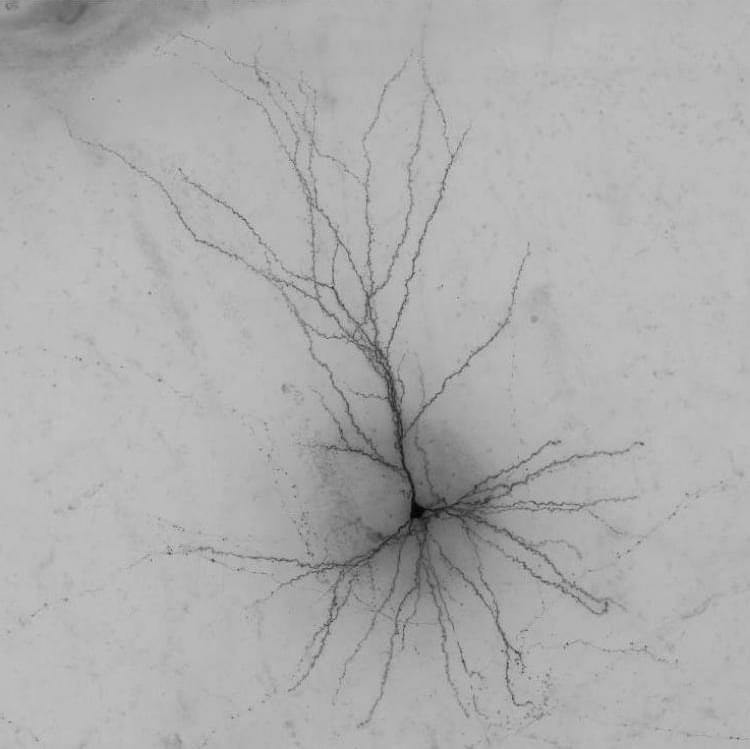High energy density (HED) laboratory plasmas are perhaps the most extreme states of matter ever produced on Earth. Normal plasmas are one of the four basic states of matter, along with solid, gases, and liquids. But HED plasmas have properties not found in normal plasmas under ordinary conditions. For example, matter in this state may simultaneously behave as a solid and a gas. In this state, materials that normally act as insulators for electrical charges instead become conductive metals. To create and study HED plasmas, scientists compress materials in solid or liquid form or bombard them with high energy particles or photons.





